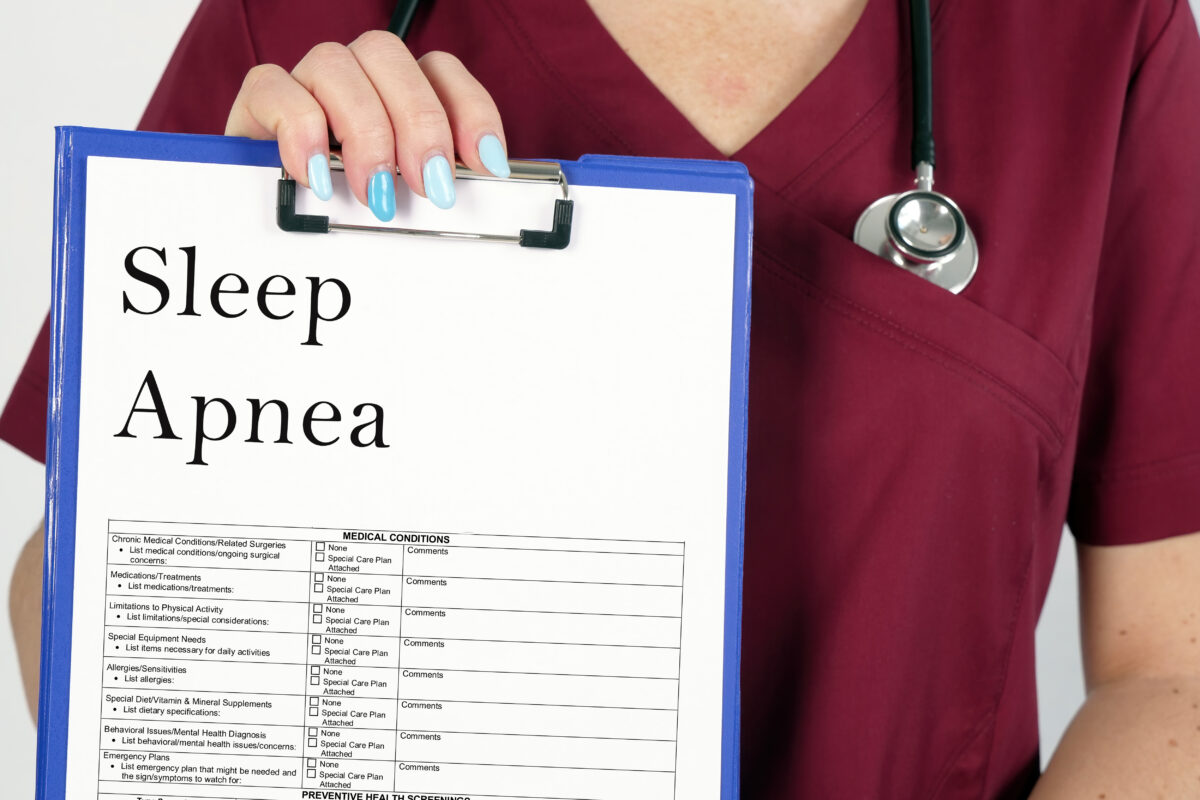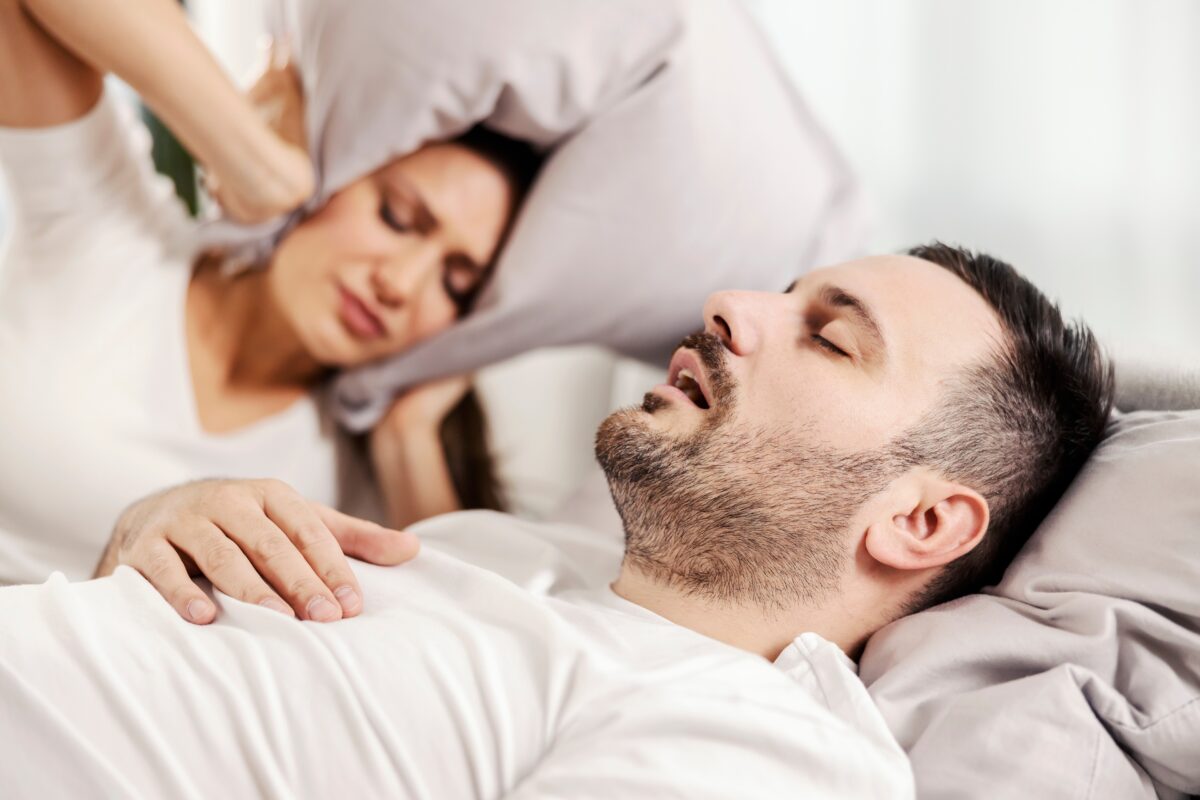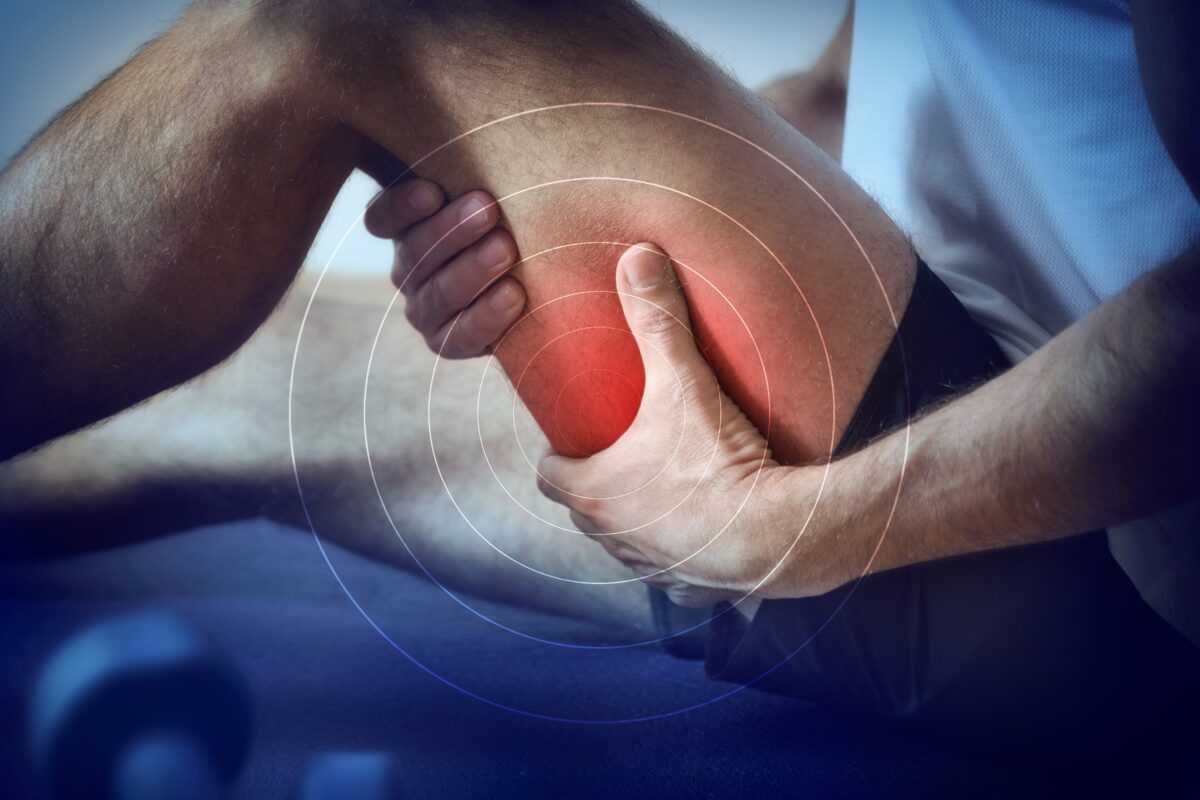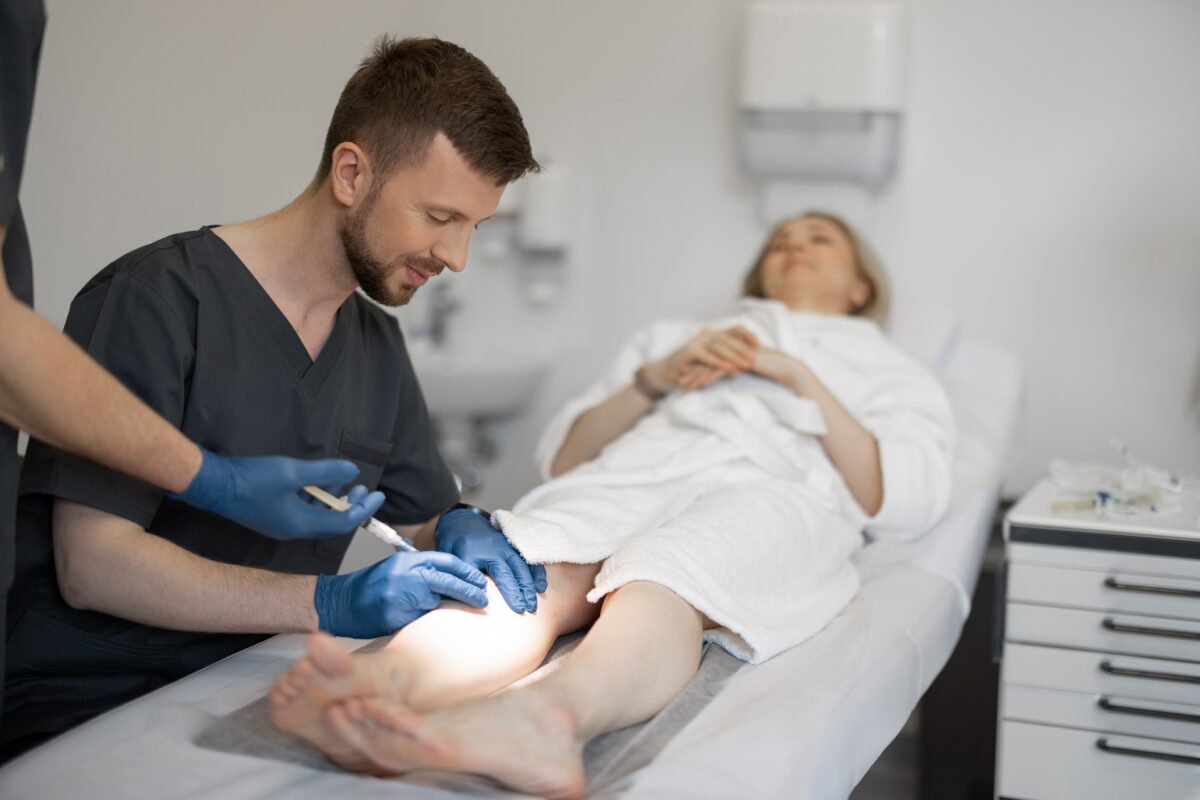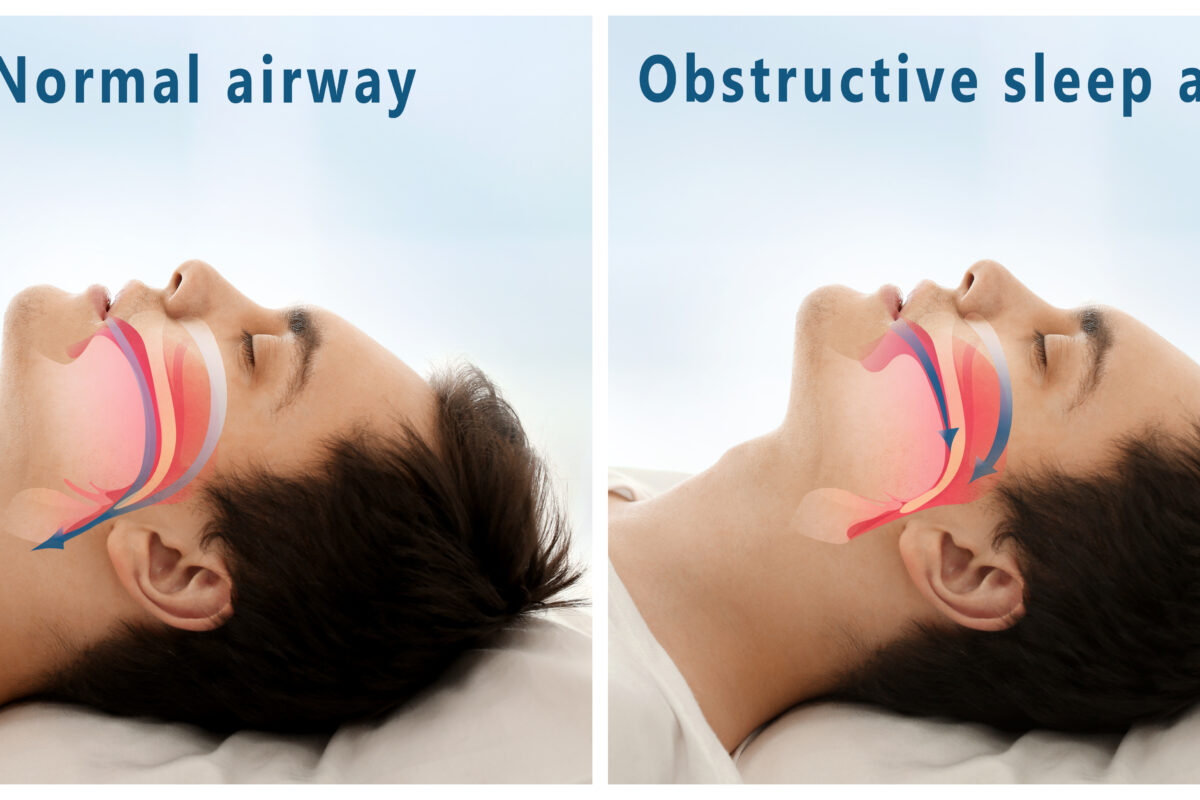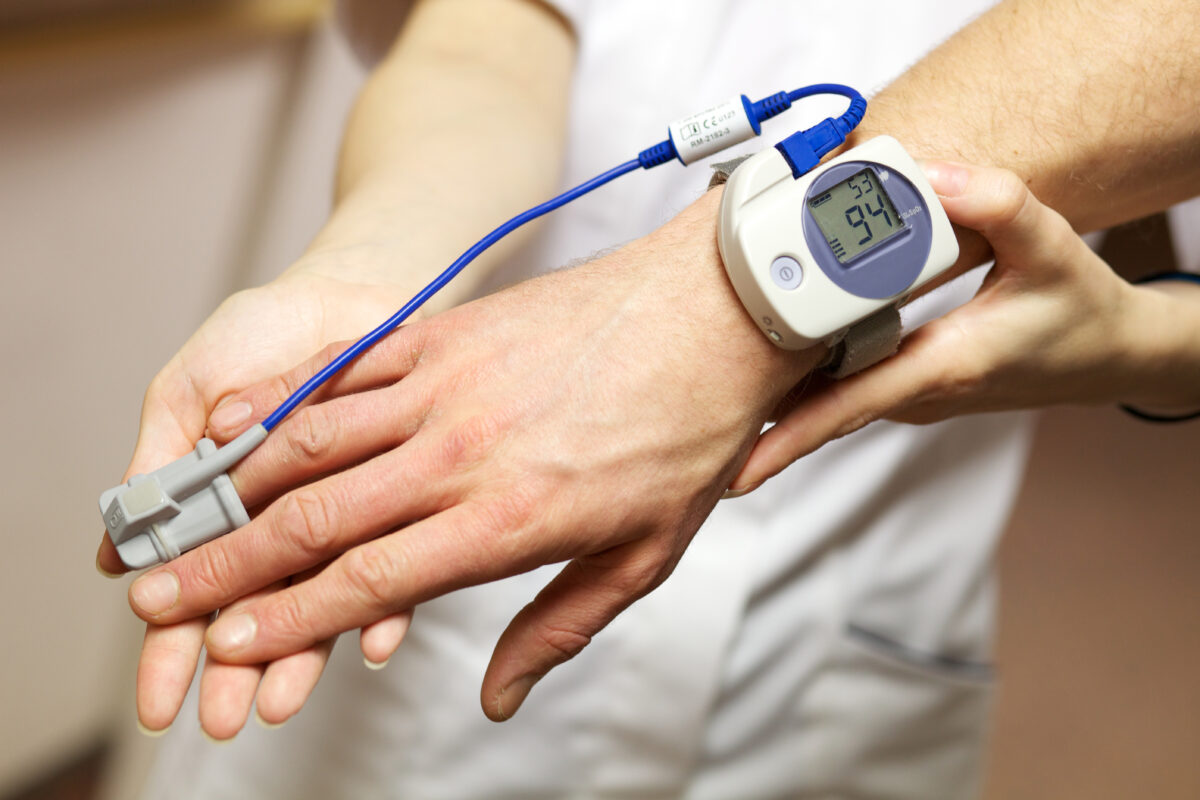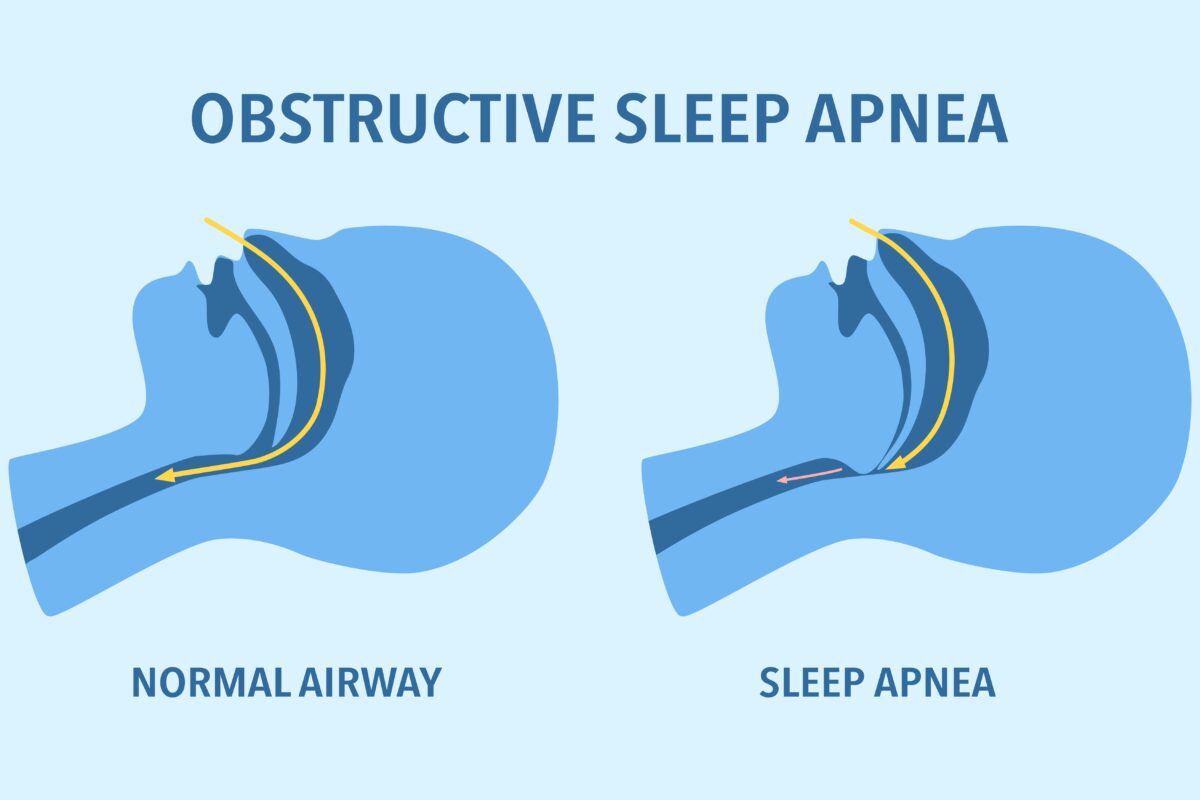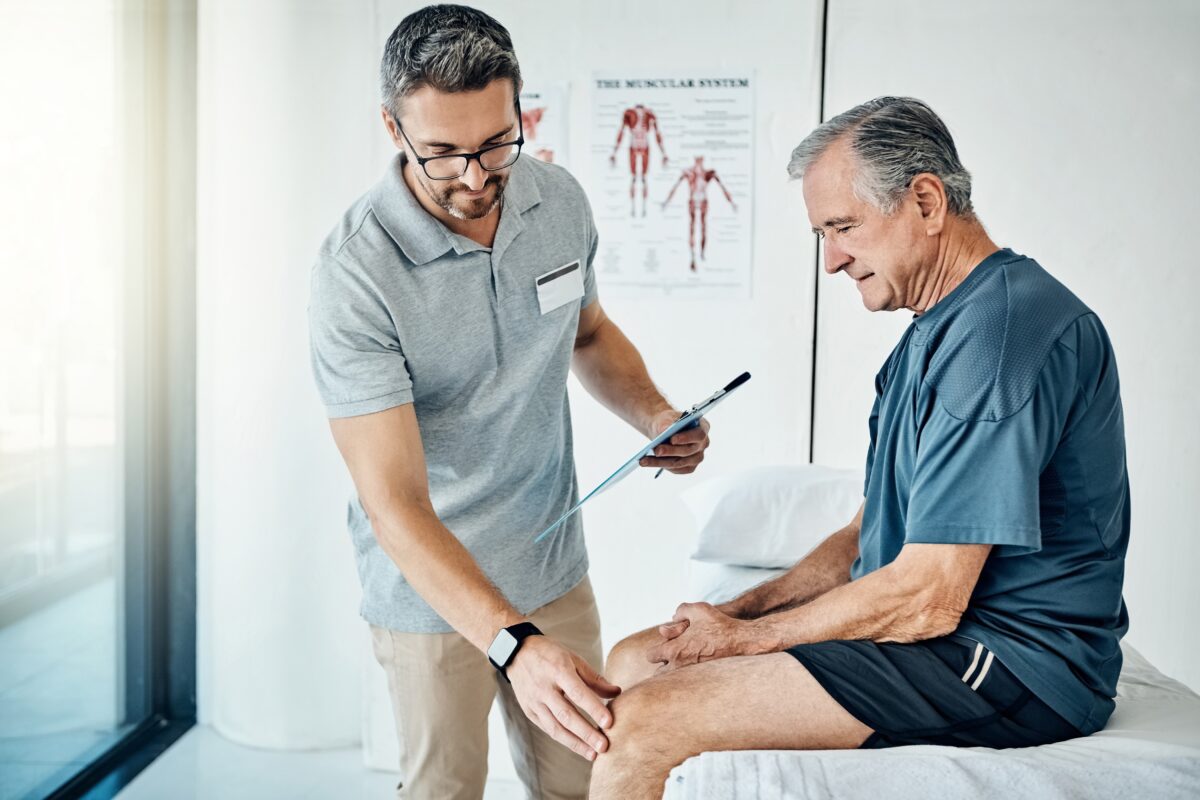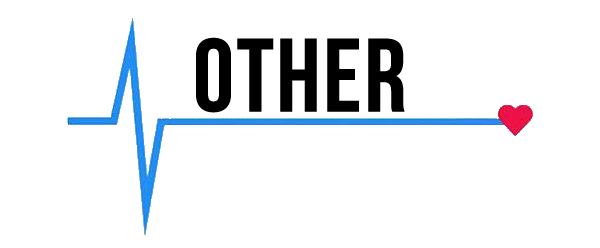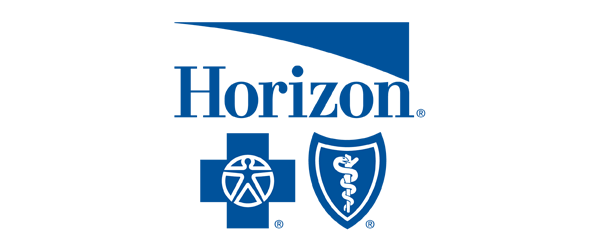Meeting a sleep doctor for the first time can feel like a big step when you order sleep test solutions. You want answers, not just polite chit-chat.
The doctor usually takes a deep look at your health history, where they might check things like your throat or breathing. Expect them to ask plenty of questions about how you sleep and what troubles you.
Preparing can help a lot. Try to keep a sleep diary for a week or so, and write down when you go to bed, and when you wake up, how many times you wake in the night.
Note if you feel tired the next day, and bring this diary to your appointment. You can list everything you take — pills, vitamins, even drops or teas — with all doses. This gives the doctor a clear picture.
If you share a bed, ask your partner to come along. They can describe things you don’t notice, like snoring or if you stop breathing. Their input might help find the cause.
“Here’s a tip — if you share your bedroom with someone, bring that person along so they can describe your symptoms to the doctor,” states United Healthcare. “After all, since you’re sleeping, you may not be aware of possible issues and they might be able to describe those better.”
Write down anything you want to ask, because no question is too small if it worries you. That way, you’ll leave with the answers you need.
Unraveling Sleep Apnea: Order Sleep Test
As you review your order sleep test choices, a specialist might recommend a special study. Usually, you’ll face two paths: sleeping overnight in a clinic or taking a test at home. Choice depends on what’s best for your situation.
An in-lab sleep study is often seen as the gold standard. You spend the night hooked up to various sensors at a sleep center or hospital. It’s not just about wearing wires for show, as each piece serves a purpose.
Electrodes on your scalp pick up brain waves to see how deeply you sleep. Small pads near your eyes watch for rapid eye movement, a sign of REM sleep. Chin sensors check muscle tone.
Even your legs get monitored for movements that might hint at other issues, and heart sensors track rhythm for any changes while you sleep. Breathing gets extra attention in these tests. A small tube or sensor keeps tabs on air moving through your nose and mouth.
Additionally, chest and belly bands watch how hard your body works to breathe. A pulse oximeter sits on your finger to see if your oxygen drops.
Microphones catch snoring, and some studies even use video to follow your sleeping position because posture impacts breathing too. All of this gets collected into one detailed report.
For many, the findings lead to a clear diagnosis and a plan to improve sleep quality.
HSAT Comfort and Convenience at Home
Home sleep apnea tests offer real comfort, especially if you’ve done your order sleep test homework. You use them in your own bed.
Most people find this much easier than sleeping at a clinic. These small machines pick up on breathing patterns over one night.
The devices don’t catch as many details as a full lab test, but they’re good at spotting Obstructive Sleep Apnea for many patients. Expect to wear a nasal cannula to sense airflow.
Belts go around your chest or stomach to measure how hard you work to breathe. A clip on your finger checks blood oxygen and heart rate. Some machines record snoring, body position, or changes in your blood flow during sleep.
How many readings you get depends on the type of device. Typically, Type 3 ones grab data on airflow, breathing effort, oxygen, and heart rate.
One thing these home tests miss is your brainwaves. They skip an electroencephalogram, or EEG, so they can’t see your sleep stages. Instead, they guess how long you slept from how much you move, or just time spent in bed.
If you lie awake awhile, that can throw off the numbers. Something like the Apnea Hypopnea Index, or AHI, could look worse or better than it really is.
Some people sleep better at home than at a lab. You miss that odd feeling of spending a night hooked up in a strange room. This “first-night effect” won’t bother most home testers, which means your sleep could look more normal.
Still, these home tests can’t catch every issue. They shine for clear cases but fall short for trickier sleep troubles. For tough cases needing full answers, a lab study still leads the pack.
PSG vs. HSAT When You Order Sleep Test
Choosing between an in-lab study or one done at home isn’t just a quick order sleep test process. Doctors weigh your health history and follow advice set out by experts in sleep medicine.
If you seem to have a clear case of moderate to severe sleep apnea and don’t have other serious medical problems, either test works. People in this “uncomplicated” group don’t usually have other heart or lung troubles, nerve diseases, heavy opioid use, or past strokes.
You might notice you’re tired all day, snore loudly, stop breathing in your sleep, or have high blood pressure. These signs point to greater risk.
If your first home test comes back negative or unclear, it’s better to head to the sleep clinic for a lab test. Repeating the home test rarely clears up confusion and just stretches things out.
On the other hand, if you have a tougher health story — things like serious heart failure, Chronic Obstructive Pulmonary Disease, or muscle problems — a lab study is important. Home tests just don’t cover as much ground for these cases.
Other things matter too, like how bad your sleep issues seem, how easy you find it to get tested, and what feels most comfortable. Still, your doctor’s main goal is getting you the right diagnosis.
How Sleep Apnea Tests Are Ordered
Getting checked for sleep apnea used to be a long process, with a complicated order sleep test pipeline. You’d see your regular doctor first, and if a lab test was needed, they sent you to a sleep specialist.
The specialist would spend time looking at your symptoms and medical history. A physical exam often followed. Only then would they decide if you should have an overnight stay at a sleep lab.
The lab or hospital would book your study, but you had to wait for insurance to approve it first. This step asked for paperwork to prove you actually needed the test.
Waiting could be tough. People often said the whole thing dragged on too long. First you had to wait to see the sleep doctor. More days or weeks went by before the sleep test appointment.
Home sleep tests shake things up. Your first chat with the doctor looks the same, but if you’re the right fit — usually an adult with clear symptoms — they write a prescription for a home test. You pick up the device or get it mailed to you.
The doctor or equipment provider gives you clear directions on how to use it. Again, insurance approval might slow things down.
A new trend is picking up speed. Family doctors now give out home tests without sending folks to a specialist. This routine speeds things up. Less waiting around, fewer appointments, and results come faster.
People with simple cases benefit most from this quicker road to answers.
A Consumer Revolution to Order Sleep Test
Obtaining a home apnea study has become much easier thanks to order sleep test innovations. Many patients now turn to online companies that let you order these tests straight from their websites. You just visit, buy a package or set up a video chat, and get the process started from your laptop or phone.
The next step happens online too. A healthcare provider will have a video call with you.
Expect questions about your sleep habits and health history. They decide if a home test fits your situation and, if needed, send a prescription. After approval, a kit arrives by mail right at your door.
You use the kit for one night. The instructions make it clear what to do, and once you finish, your results either go back automatically or you send the kit back. A sleep specialist checks everything and goes over the results in another video call.
This last appointment covers your diagnosis and next steps. Some companies pack everything together in one clear price.
Ordering online saves time, since many people like knowing what things will cost ahead of time. Still, there’s a tradeoff. A video call can miss subtle health clues that an in-person checkup might catch.
Your regular doctor might not even know about your test if you handle things alone. If direct-to-consumer is the route you choose, make sure the company explains each step so you know what to expect.
“The key is to properly select the patients who are best suited for home versus laboratory testing,” according to the American Medical Association. “For moderate to severe sleep apnea, home sleep apnea testing is an effective tool and can be useful.”
Sleep Apnea Test Ordering Comparison
This table offers a general comparison. The best option depends on individual clinical and circumstantial needs, insurance coverage, and local health care factors.
| Feature | PCP to Specialist for PSG | PCP Orders HSAT (Refers to Specialist if Needed) | Direct-to-Consumer (DTC) HSAT with Telehealth |
| Initial Consult | PCP, then Sleep Specialist | PCP | Online with DTC Provider (Telehealth MD/NP/PA) |
| Type of Test | In-Lab Polysomnography (PSG) | Home Sleep Apnea Test (HSAT) | Home Sleep Apnea Test (HSAT) |
| Who Orders Test | Sleep Specialist | PCP (or Specialist if referred) | DTC-affiliated Provider (after telehealth consult) |
| Who Interprets Results | Sleep Specialist | Sleep Specialist / Qualified Practitioner | Sleep Specialist / Qualified Practitioner |
| Results Delivery | Follow-up with Specialist | Follow-up with PCP or Specialist | Follow-up via Telehealth |
| Typical Time to Diagnosis (Estimate) | Weeks to Many Months (variable, can be long) | Days to Weeks (potentially faster than PSG route) | Days to Weeks (often marketed as rapid) |
| General Cost Implication (Pre-Insurance) | Higher | Moderate | Lower Upfront |
| Patient Pros | Most comprehensive, best for complex cases, direct specialist oversight | Convenience of HSAT, PCP coordination, potentially faster than full specialist route for PSG | Highly convenient, fast, often lower initial cost, accessible from home |
| Patient Cons | Longest wait times, highest cost, inconvenience of lab stay | HSAT limitations (less data, not for complex cases), potential for PSG if HSAT inconclusive | Less comprehensive initial evaluation, relies on self-reporting, not for complex cases, quality of telehealth varies |
Wellness and Pain
Find personalized order sleep test expertise, visit Wellness and Pain. We offer conservative treatments, routine visits, and minimally invasive quick-recovery procedures. We can keep you free of problems by providing lifestyle education and home care advice.
This enables you to avoid and manage issues, quickly relieving your inhibiting lifestyle conditions when complications arise. We personalize patient care plans based on each patient’s condition and unique circumstances. Wellness and Pain can help improve wellness, increase mobility, relieve pain, and enhance your mental space and overall health.


